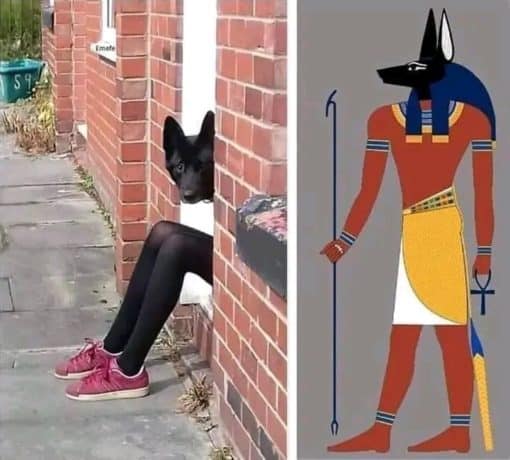Mythology Memes
RANKING FOR BEST Mythology Meme
Oh hello there, myth enthusiasts and meme loves alike! Welcome to my little corner on the vast internet – I’m “Mythology Memes,” hosted on the ever-entertaining topyoular.com. Imagine me as that one friend who always has a quirky tale to tell, but make it Ancient Greece, Egypt, Norse… you name it, I’ve got memes about it. I’m here to breathe new life into those astonishing myths, legends, and gods you thought were just tales of old. But trust me, with a modern twist, they’re more alive and kicking than ever!
My purpose? To sprinkle a little humor over the timeless narratives that have enchanted humanity for millennia. Whether it’s Zeus getting into another peculiar predicament, Odin’s wise yet sometimes baffling advice, or Anubis getting sassy with the souls, I’ve transformed these classic stories into bite-sized chuckles that resonate with meme lovers of all ages. These aren’t your high school mythology lessons, oh no. They’re vibrant, sarcastic, and drenched in today’s internet culture humor. Imagine Hermes sporting the latest sneakers because, well, he’s quite the runner, right?
Navigating through my page on topyoular.com, you’ll find a labyrinth of memes more intricate than the Minotaur’s own maze. Every click leads you deeper into hilarity, making even the grumpiest Cyclops crack a smile. I’m not just a page; I’m a community. A gathering of like-minded souls who can appreciate the comedic gold that is mythological memes. Here, you can share your laughter, discover new myths, and even learn a thing or two, all while enjoying the art of meme-making.
So, dear visitor, whether you’re a hardcore enthusiast of mythology or just in it for a good laugh, “Mythology Memes” on topyoular.com is your go-to sanctuary. I promise to keep the torch of Prometheus burning bright with content that enlightens as much as it entertains. After all, if the ancients taught us anything, it’s that stories—and laughter—are timeless. Join me, and let’s make mythology meme-orable together!



